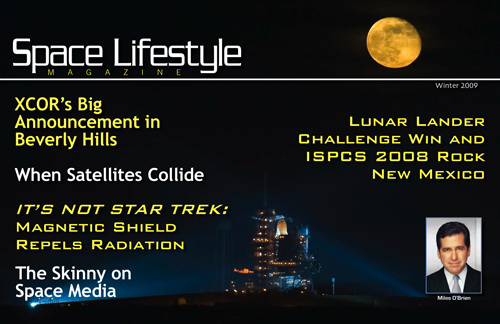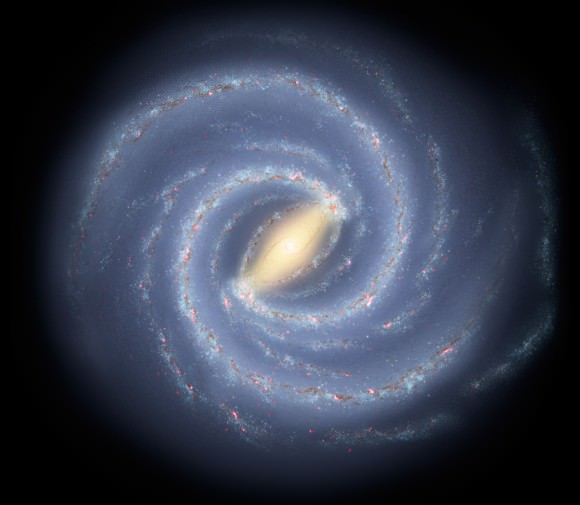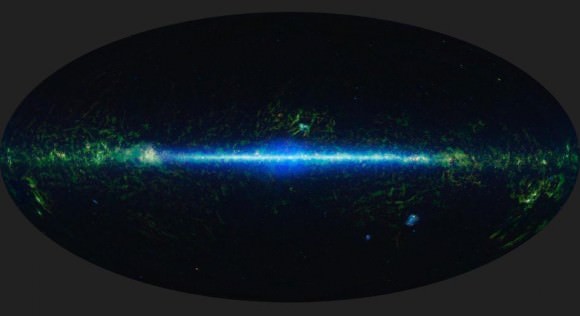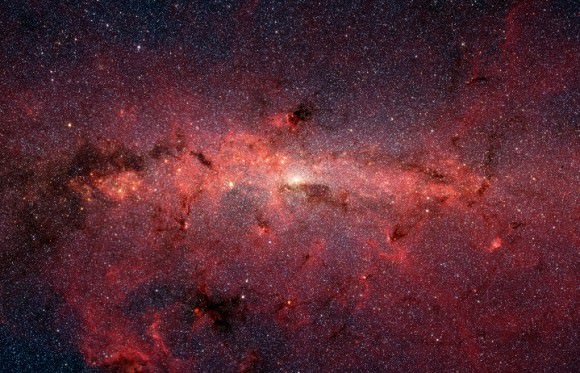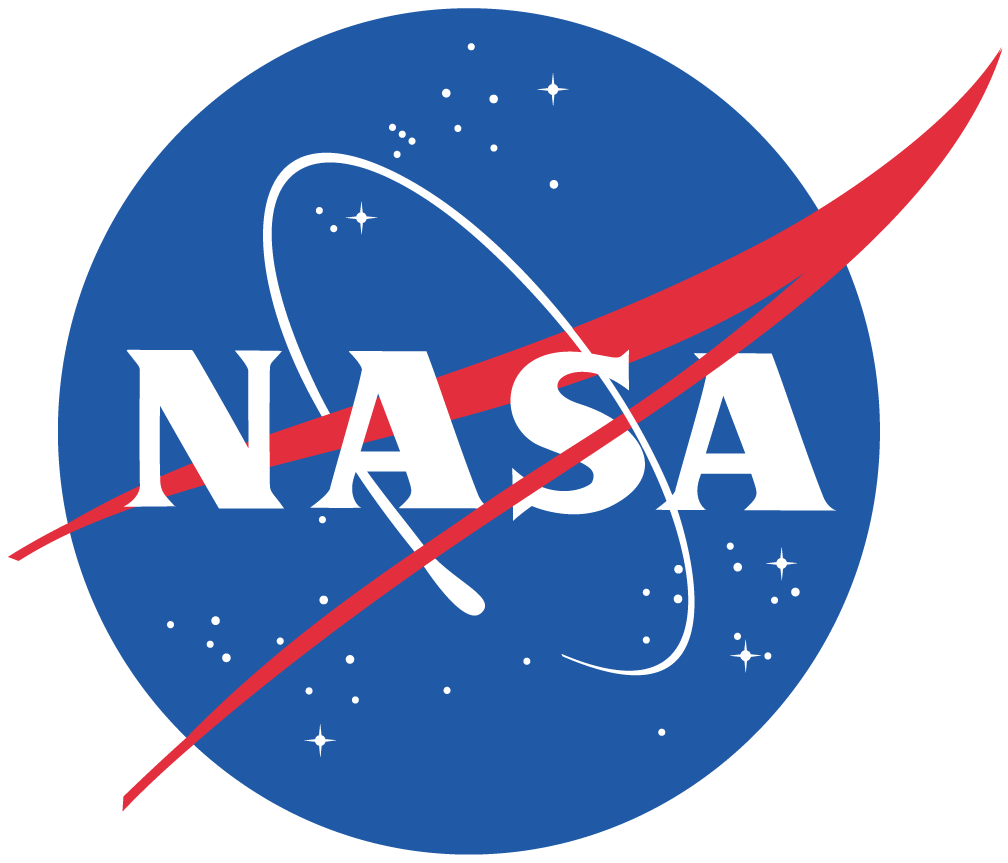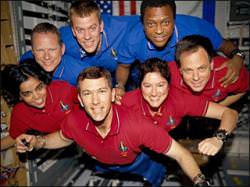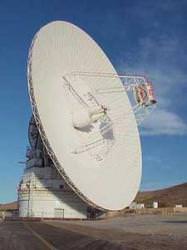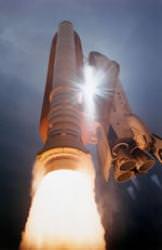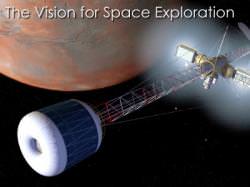Why do we explore? In the days of Magellan, Columbus and da Gama, undoubtedly the average person thought it was foolish to risk lives and spend large amounts of money to find out what was beyond the horizon. Those explorers didn’t find what they expected, but their explorations changed the world.
What drives us to explore and discover is what we don’t know, and the spirit of exploration inspires us to create and invent so that we can go explore and possibly change the world. We don’t know yet exactly what we’ll find if humans ever go to Mars, Europa or beyond, but if we stay in our caves we’ll never find out. Similarly, space probes and telescopes like Hubble, as well as ground-based telescopes have helped us explore remotely and have facilitated the discovery of so many things we didn’t know — and didn’t expect — about our universe.
However, exploration takes money.
The most often-used argument against space exploration is that we should use that money to alleviate problems here on Earth. But that argument fails to realize that NASA doesn’t just pack millions of dollar bills into a rocket and blast them into space. The money NASA uses creates jobs, providing an opportunity for some of the world’s brightest minds to use their talents to, yes, actually benefit humanity. NASA’s exploration spurs inventions that we use everyday, many which save lives and improve the quality of life. Plus, we’re expanding our horizons and feeding our curiosity, while learning so, so much and attempting to answer really big questions about ourselves and the cosmos.
NASA’s annual budget for fiscal year 2009 is $17.2 billion. The proposed budget for FY 2010 would raise it to about $18.7 billion. That sounds like a lot of money, and it is, but let’s put it in perspective. The US annual budget is almost $3 trillion and NASA’s cut of the US budget is less than 1%, which isn’t big enough to create even a single line on this pie chart.

A few other things to put NASA’s budget in perspective:
Former NASA administrator Mike Griffin mentioned recently that US consumers spend more on pizza ($27 billion) than NASA’s budget. (Head nod to Ian O’Neill)
Miles O’Brien recently brought it to our attention that the amount of money Bernie Maddof scammed with his Ponzi scheme ($50 billion) is way bigger than NASA’s budget.
Americans spend a lot of money on some pretty ridiculous things. Returning to that oft-used phrase about spending the money used in space to solve the problems on Earth, consider this: *
Annually, Americans spend about $88.8 billion on tobacco products and another $97 billion on alcohol. $313 billion is spent each year in America for treatment of tobacco and alcohol related medical problems.
Likewise, people in the US spend about $64 billion on illegal drugs, and $114.2 billion for health-related care of drug use.
Americans also spend $586.5 billion a year on gambling. Italian’s also spend quite a bit – according to Stranieri, in 2011 gamblers in Italy spent more than 100 billion euros on gambling!
It’s possible we could give up some other things to help alleviate the problems in our country without having to give up the spirit of exploration.
*the numbers used here are from various years, depending on what was readily available, but range from the years 2000 and 2008.


